Vintage Tribal Kilim Runner 2' 9" x 10' 2" (33" x 122")
Type:
Kilim RugsCollection:
Tribal RunnersID:
K0077527Size:
Material:
The designs feature a rich array of symbols representing tribal culture and Anatolian motifs, often in the form of medallions, diamonds, and other geometric shapes.
The designs feature a rich array of symbols representing tribal culture and Anatolian motifs, often in the form of medallions, diamonds, and other geometric shapes. These kilim runners are ideal for hallways and narrow spaces, offering a touch of ethnic charm and artisanal quality to any interior.
Herki kilims not only serve as functional floor coverings but also as artistic expressions of tribal identity, making each rug a unique cultural artifact.
Design Elements
- Pattern: The kilim runner features a sequence of diamond shapes arranged in a repeating pattern. This geometric design creates an appealing visual rhythm.
- Symmetry: The symmetric arrangement of motifs offers balance and harmony, which are important elements in tribal art.
- Texture: The flatweave technique showcases a textured surface, often indicating traditional craftsmanship and attention to detail.
- Motifs: The use of cultural symbols, such as diamonds and zigzag lines, adds layers of meaning to the design that are deeply rooted in the artisan's heritage.
Colors
- Earth Tones: Predominant hues include rich browns, russet reds, and warm ochres that reflect the natural environment and the materials used in traditional dyeing methods.
- Contrasting Colors: Creams highlight certain aspects of the design, providing contrast that draws attention to the central motifs without overwhelming the overall aesthetic.
- Color Symbolism:
- Red: Often represents strength, vitality, and protection.
- Brown: Conveys stability and a connection to the earth.
Main Motifs and Their Symbolism
- Diamond Shapes: Traditionally symbolize protection and wealth, often believed to ward off evil spirits.
- Zigzag Lines: Represent water and the flow of life, signifying abundance and its essential role in sustenance.
- Geometric Repeats: The repetitions in the design enhance the sense of continuity and harmony in one's life.
- Overall Composition: The arrangement of the motifs not only reflects aesthetic beauty but also conveys the cultural stories and values of the artisan's community.
Summary
The vintage tribal kilim runner combines rich earth tones with geometric motifs that signify protection, abundance, and the connection to nature. The balance and symmetry present in its design elements enhance its visual appeal while reflecting the cultural heritage of its origin. Each color and pattern holds significant symbolism, making the runner not just a decorative piece but a narrative woven into the fabric itself.
- Ships in 1-4 business days
- Only one in stock, handmade, unique
- Free shipping via FedEx Express. Easy returns
- Contact us or add a note to your order if you want us to delay your shipping.
- Request more info if you want this rug shorter or narrower
Colors may appear slightly different across various monitors due to screen settings device differences, and external lighting conditions. If color accuracy is important for your space, we recommend viewing the rug on multiple devices or contacting us for a detailed color description. We can provide detailed photos and references using Sherwin-Williams, Benjamin Moore, Pantone, or even Crayola crayons.
You can also visualize most of our products in your own room with AR (augmented reality) on an iPhone or iPad.
Return Policy
Need a rug pad? We recommend RugPadUSA
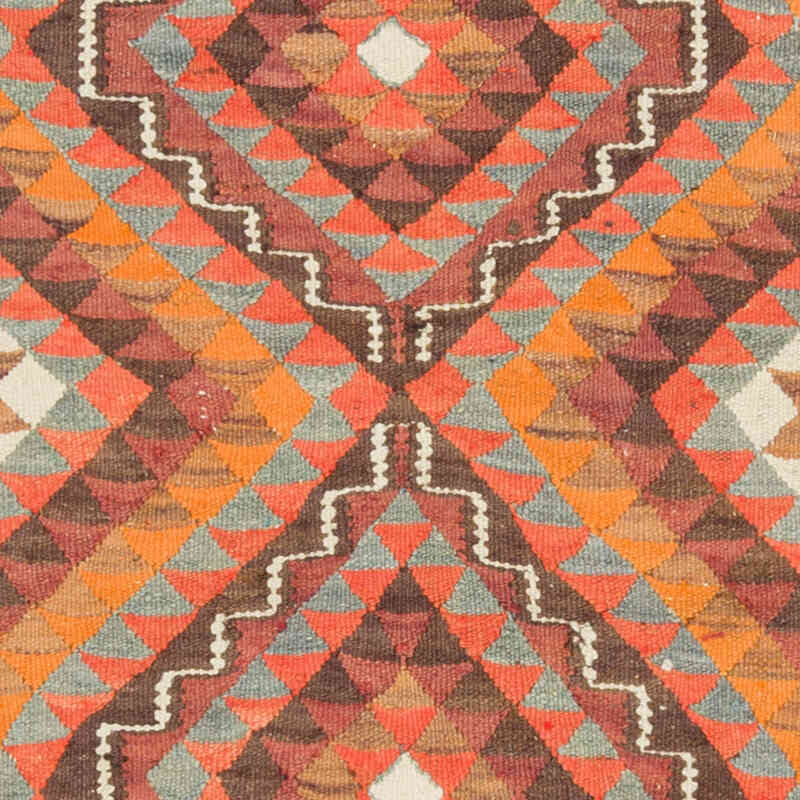
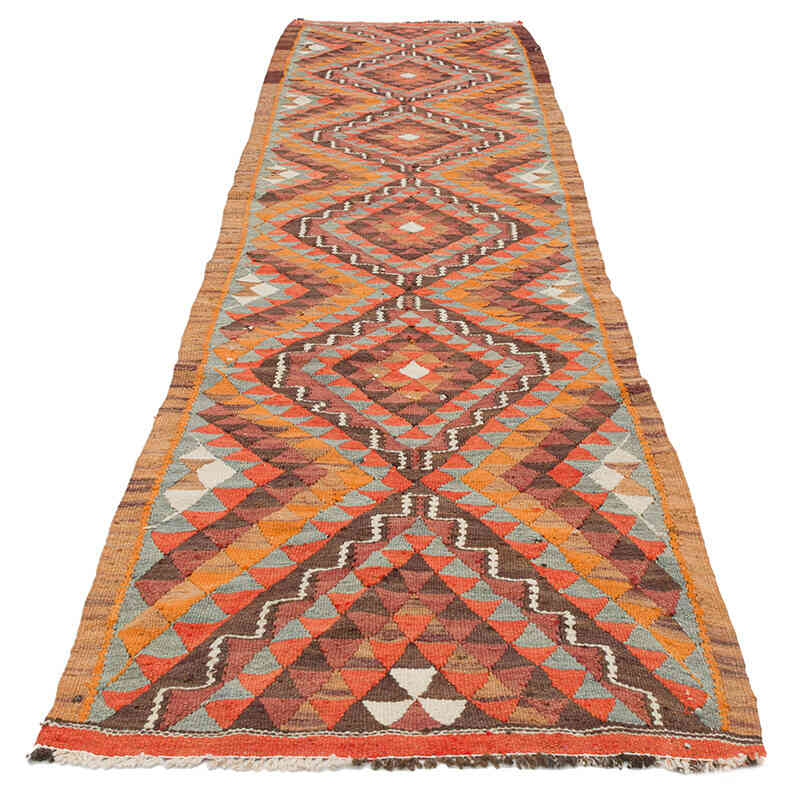
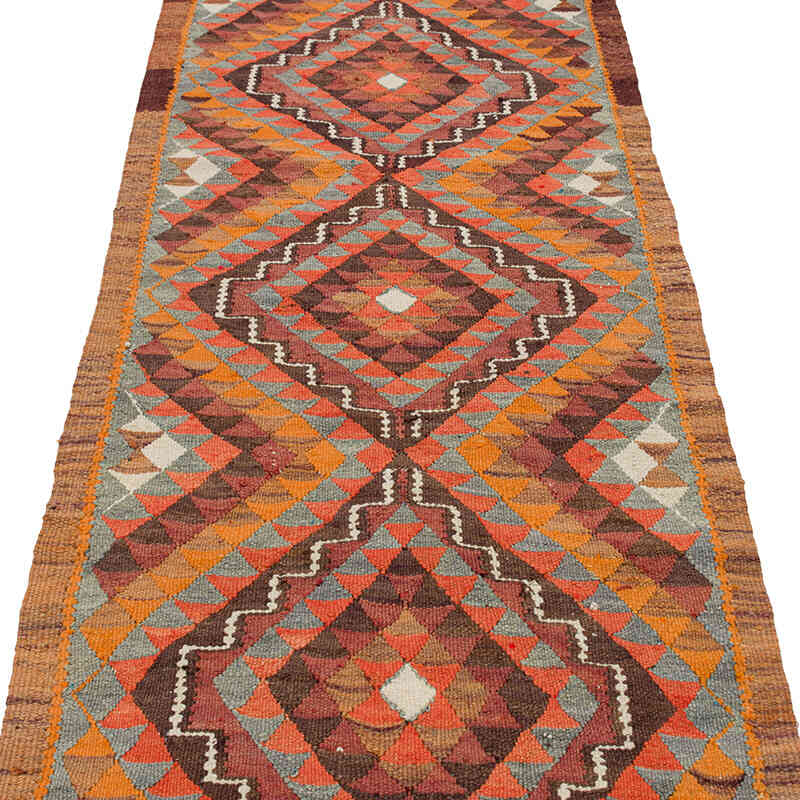
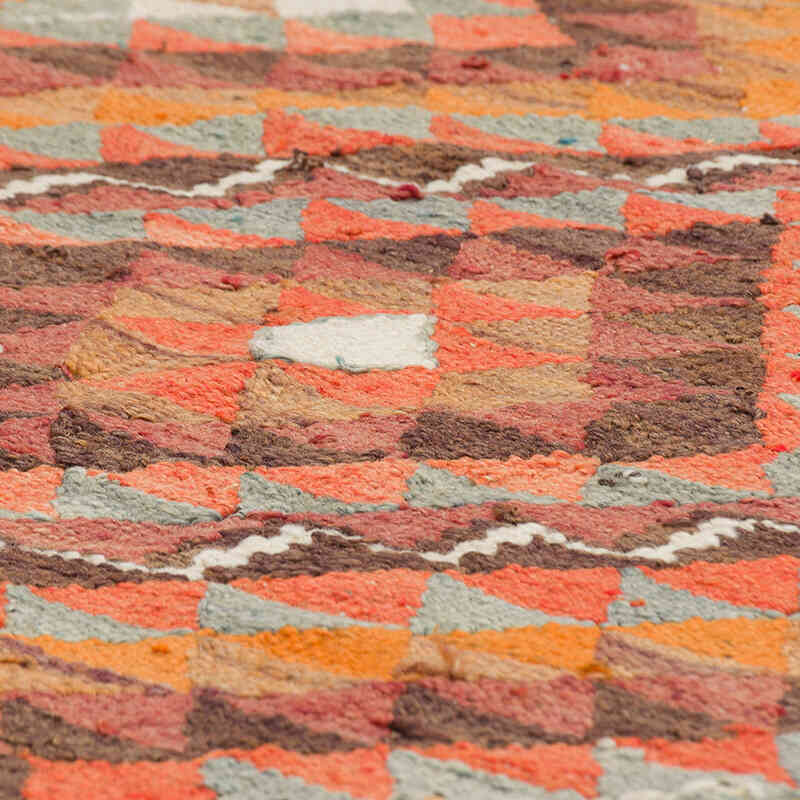
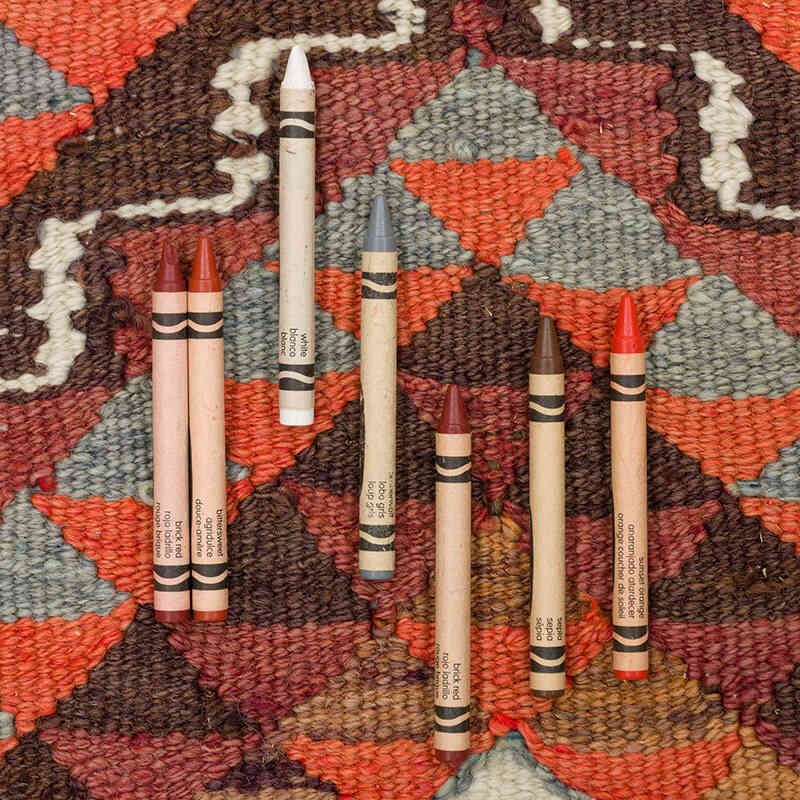
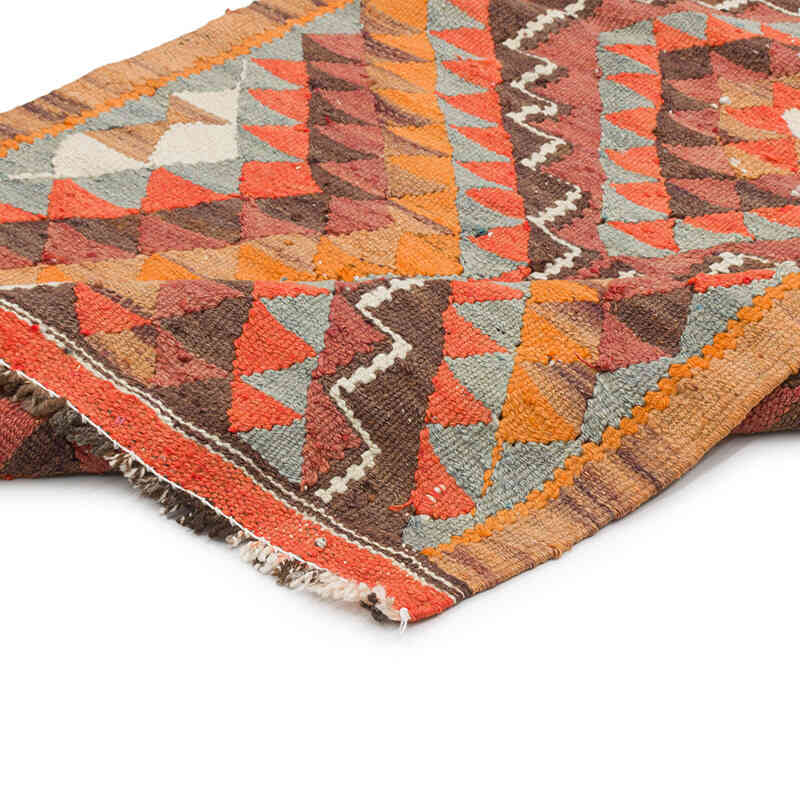
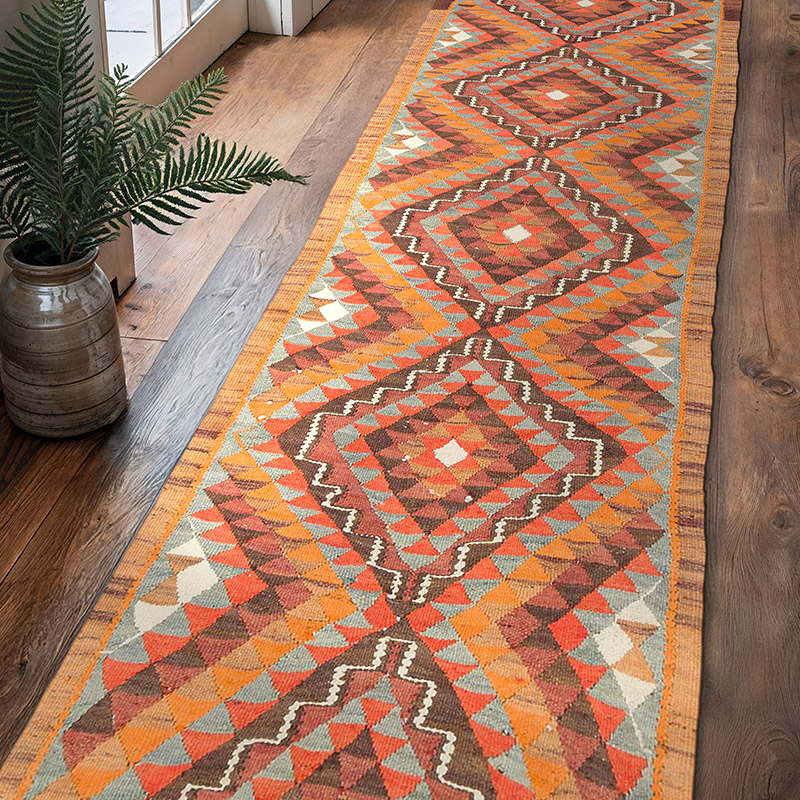
















First rate company